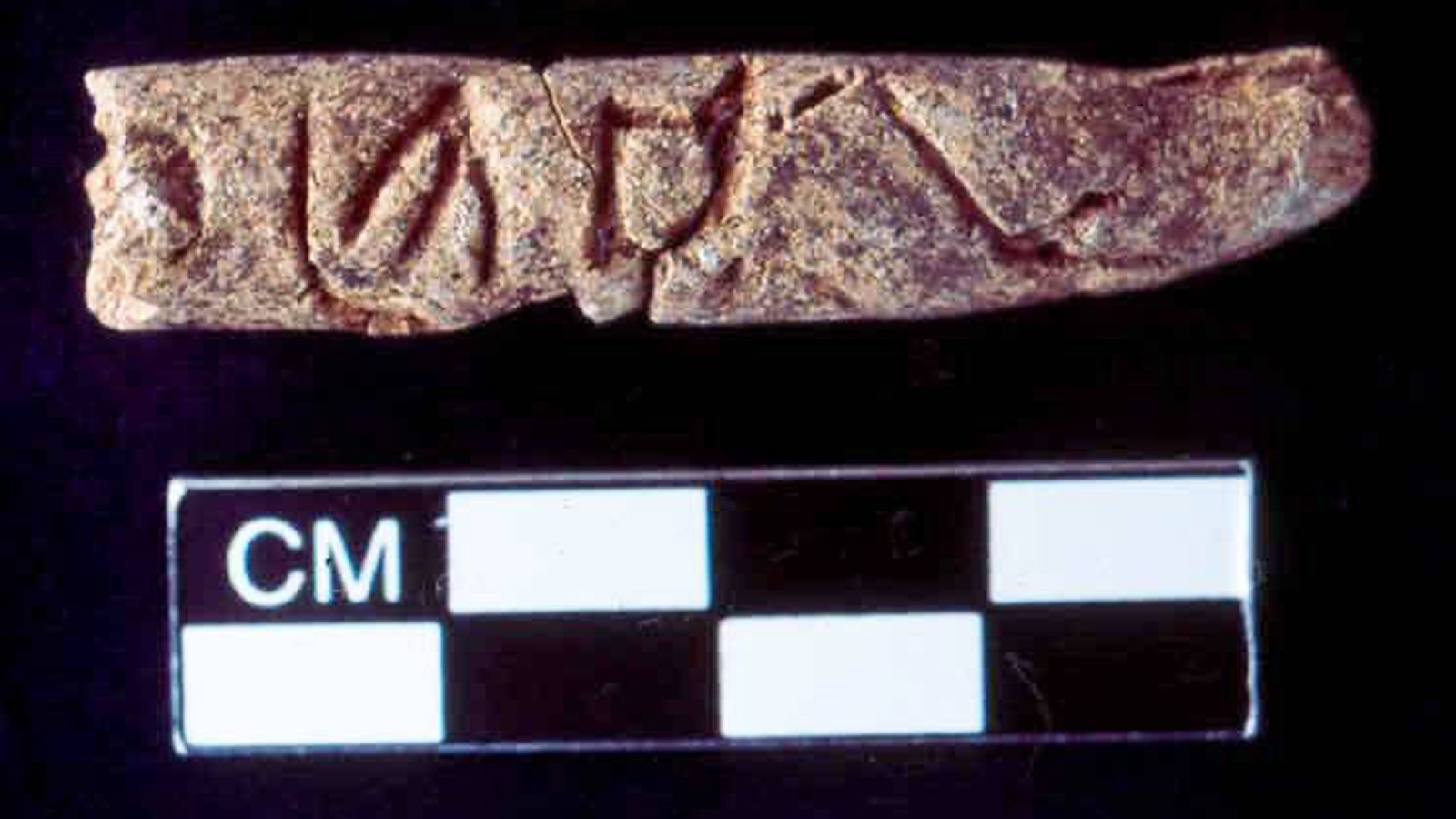Diagnostic dilemma: A scientist caught plague from bacteria thought to be 'noninfectious'
A scientist who was working on plague-causing bacteria caught the disease despite using weakened strains that were deemed noninfectious.

The patient: A 60-year-old man in Chicago who worked in a laboratory
The symptoms: The man visited a clinic after experiencing body aches, fever and a three-day cough. At that point, his doctors suspected a respiratory infection, like the flu, and they referred the patient to emergency care. However, the man opted against further evaluation and went home.
What happened next: But three days later, the man's existing symptoms hadn't improved, and he also developed shortness of breath. An ambulance was called, and when the paramedics arrived they found low levels of oxygen in his blood. They administered oxygen through a mask and then rushed the man to the emergency room.
Despite the man's breathing difficulties, emergency room doctors found nothing abnormal when they scanned his lungs using chest radiography. They performed blood tests to probe what else might be driving his symptoms. By examining a blood sample under the microscope, they counted his white blood cells and found he had an elevated level, suggesting he was fighting an infection.
The clinicians also saw bacteria in his blood sample; the exact bacterial species was not known right away, but the presence of any bacteria in blood signals a serious infection.
Related: Earliest known strain of plague could have come from a beaver bite
The treatment: The doctors put the patient on three intravenous antibiotics to treat the bloodstream infection. But his labored breathing worsened after about 12 hours, so the doctors placed a breathing tube in his airway. Despite these interventions, he died of cardiac arrest one hour later.
Sign up for the Live Science daily newsletter now
Get the world’s most fascinating discoveries delivered straight to your inbox.
The diagnosis: After the patient died, clinicians tried to work out which species of bacteria were present in his blood. That was when the physicians were informed that the patient had worked in a lab and had handled a weakened strain of Yersinia pestis, the bacterium that causes the plague.
The hospital used a lab technique to produce multiple copies of genes from the patient’s bacteria in a dish and then conducted DNA sequencing to determine the species and strain. Although the weakened Y. pestis was considered noninfectious, the patient had somehow contracted it, they confirmed.
What makes the case unique: Before this case, this weakened strain of plague bacteria had never caused infections in humans. As such, the Centers for Disease Control and Prevention (CDC) had not deemed it threatening to work with, according to a report of the case.
The weakened bacteria lack an important gene for absorbing iron, which they need to produce energy and fuel processes such as growth and cell division. The CDC independently confirmed that the patient's infection had been caused by this weakened strain and not by a virulent one.
Concerned that the weakened strain might be more hazardous than thought, the CDC and other regulatory bodies investigated the laboratory where the patient worked. This inspection revealed no signs that safety protocols were being breached, and no infections were reported among any of the patient's colleagues, although all of them were given antibiotics as a precaution after the man's infection became known.
No one knew for sure how the patient was exposed to the bacteria, but his colleagues noted that he did not always wear lab gloves while handling the microbes.
To determine if the weakened strain had evolved or had been engineered to cause disease, the CDC exposed lab mice to either the patient's strain or the original, weakened strain from laboratory stocks. Neither proved lethal to the rodents.
This hinted that the man was unusually susceptible to the bacteria. Though the patient had type 1 diabetes, which can affect the immune system, the doctors did not believe this was relevant. Then, a postmortem analysis on the patient revealed abnormally high levels of iron in his liver. He also had between three and 13 times more iron in his blood than an average person.
DNA testing revealed the patient had hereditary hemochromatosis, a genetic condition in which the body absorbs excessive amounts of iron from food. Rates of this rare disorder differ between demographics; for instance, it affects an estimated 1 in 300 people of European ancestry and 1 in 25,000 African Americans.
The report authors theorized that this excess iron in the man's blood may have compensated for the reduced iron-absorbing capacity of the weakened bacteria. In other words, that enabled the microbes to sequester enough iron and generate the energy needed to multiply and establish an infection.
"Researchers should adhere to recommended biosafety practices when handling any live bacterial cultures, even attenuated strains," the report cautioned. That's because people may vary in their susceptibility to biological agents, including plague bacteria, due to genetic traits that safety personnel cannot always account for when determining risk.
Since then, at least three other reports have been published about people with hereditary hemochromatosis who developed sepsis, a dangerous immune reaction, after contracting another, more common Yersinia species. This species, called Y. enterocolitica, typically causes only mild symptoms in people with normal iron levels.
Disclaimer
This article is for informational purposes only and is not meant to offer medical advice.

Kamal Nahas is a freelance contributor based in Oxford, U.K. His work has appeared in New Scientist, Science and The Scientist, among other outlets, and he mainly covers research on evolution, health and technology. He holds a PhD in pathology from the University of Cambridge and a master's degree in immunology from the University of Oxford. He currently works as a microscopist at the Diamond Light Source, the U.K.'s synchrotron. When he's not writing, you can find him hunting for fossils on the Jurassic Coast.
You must confirm your public display name before commenting
Please logout and then login again, you will then be prompted to enter your display name.
Flu: Facts about seasonal influenza and bird flu
What is hantavirus? The rare but deadly respiratory illness spread by rodents










